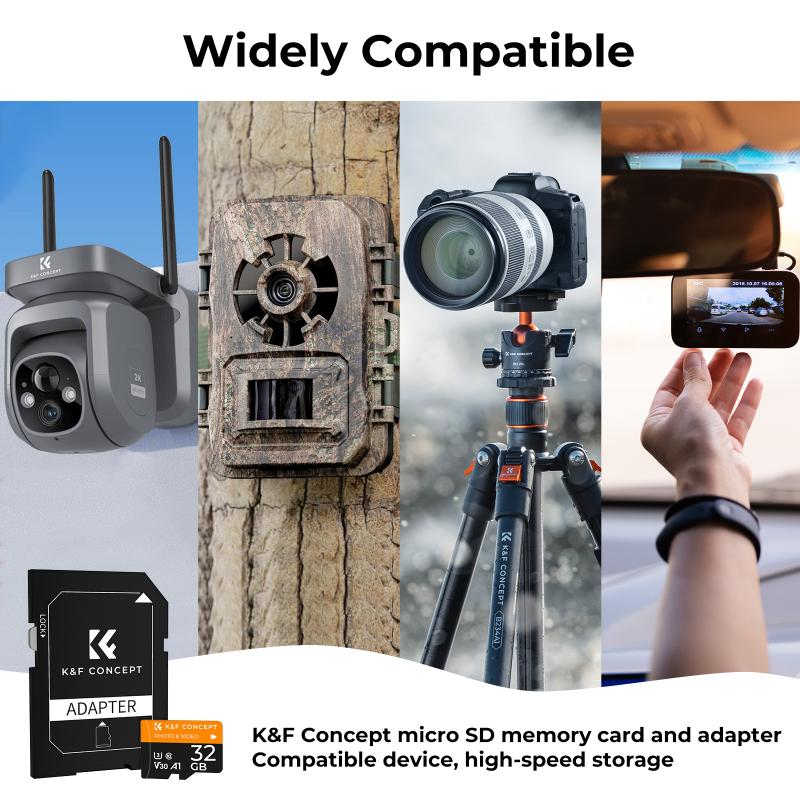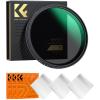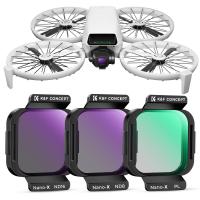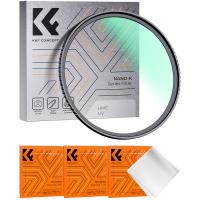How To Format A Memory Card?
Formatting a memory card is a common task that many people need to perform, whether to clear space, fix errors, or prepare the card for use in a new device. This article will guide you through the process of formatting a memory card, covering various devices and operating systems. By the end of this article, you will have a comprehensive understanding of how to format a memory card safely and effectively.
Understanding Memory Card Formatting

Before diving into the steps, it's essential to understand what formatting a memory card means. Formatting is the process of preparing a storage device, such as a memory card, for use by an operating system. This process involves erasing all existing data and setting up a new file system. Common file systems for memory cards include FAT32, exFAT, and NTFS.
Why Format a Memory Card?

There are several reasons why you might need to format a memory card:
1. Clearing Space: Formatting erases all data, providing a clean slate.
2. Fixing Errors: If the card is corrupted or has errors, formatting can often resolve these issues.
3. Changing File System: Different devices may require different file systems.
4. Preparing for New Device: When using a memory card in a new device, formatting ensures compatibility.
Precautions Before Formatting

Before you format your memory card, take the following precautions:
1. Backup Data: Formatting will erase all data on the card. Ensure you have backed up any important files.
2. Check Compatibility: Ensure the file system you choose is compatible with your device.
3. Use Reliable Tools: Use trusted software or built-in tools to avoid further issues.
Formatting a Memory Card on Different Devices

1. Formatting on Windows
Windows provides a straightforward way to format memory cards using File Explorer or Disk Management.
Using File Explorer:
1. Insert the memory card into your computer's card reader.
2. Open File Explorer and locate the memory card under "This PC."
3. Right-click on the memory card and select "Format."
4. Choose the desired file system (FAT32, exFAT, or NTFS).
5. Click "Start" to begin the formatting process.
Using Disk Management:
1. Insert the memory card into your computer's card reader.
2. Right-click on the Start button and select "Disk Management."
3. Locate the memory card in the list of drives.
4. Right-click on the memory card and select "Format."
5. Choose the desired file system and click "OK."
2. Formatting on macOS
macOS users can format memory cards using the Disk Utility application.
1. Insert the memory card into your Mac's card reader.
2. Open "Disk Utility" from the Applications > Utilities folder.
3. Select the memory card from the list of drives on the left.
4. Click the "Erase" button at the top.
5. Choose the desired file system (usually exFAT for compatibility).
6. Click "Erase" to begin the formatting process.
3. Formatting on Android Devices
Many Android devices allow you to format memory cards directly from the device settings.
1. Insert the memory card into your Android device.
2. Open the "Settings" app.
3. Navigate to "Storage" or "Device Care."
4. Select the memory card.
5. Tap "Format" or "Format SD card."
6. Confirm the action to begin formatting.
4. Formatting on Cameras
Most digital cameras have a built-in option to format memory cards.
1. Insert the memory card into the camera.
2. Turn on the camera and navigate to the settings menu.
3. Look for an option labeled "Format" or "Format Memory Card."
4. Select the option and confirm to begin formatting.
Choosing the Right File System
Choosing the correct file system is crucial for compatibility and performance. Here are the most common file systems:
1. FAT32: Compatible with most devices but has a 4GB file size limit.
2. exFAT: Supports larger files and is compatible with most modern devices.
3. NTFS: Used mainly for Windows systems and supports large files but may not be compatible with all devices.
Troubleshooting Common Issues
1. Memory Card Not Recognized
If your memory card is not recognized by your device, try the following:
1. Check the Card Reader: Ensure the card reader is functioning correctly.
2. Try Another Device: Insert the card into another device to see if it is recognized.
3. Update Drivers: Ensure your computer's drivers are up to date.
2. Formatting Errors
If you encounter errors while formatting, consider these steps:
1. Use a Different Tool: Try using a different formatting tool or software.
2. Check for Write Protection: Ensure the memory card is not write-protected.
3. Scan for Errors: Use error-checking tools to scan and fix issues on the card.
Formatting a memory card is a simple yet essential task that ensures your card is ready for use and free of errors. Whether you're using Windows, macOS, Android, or a digital camera, the steps outlined in this article will guide you through the process. Remember to back up your data, choose the correct file system, and use reliable tools to avoid any issues. By following these guidelines, you can format your memory card safely and efficiently, ensuring optimal performance and compatibility with your devices.









































